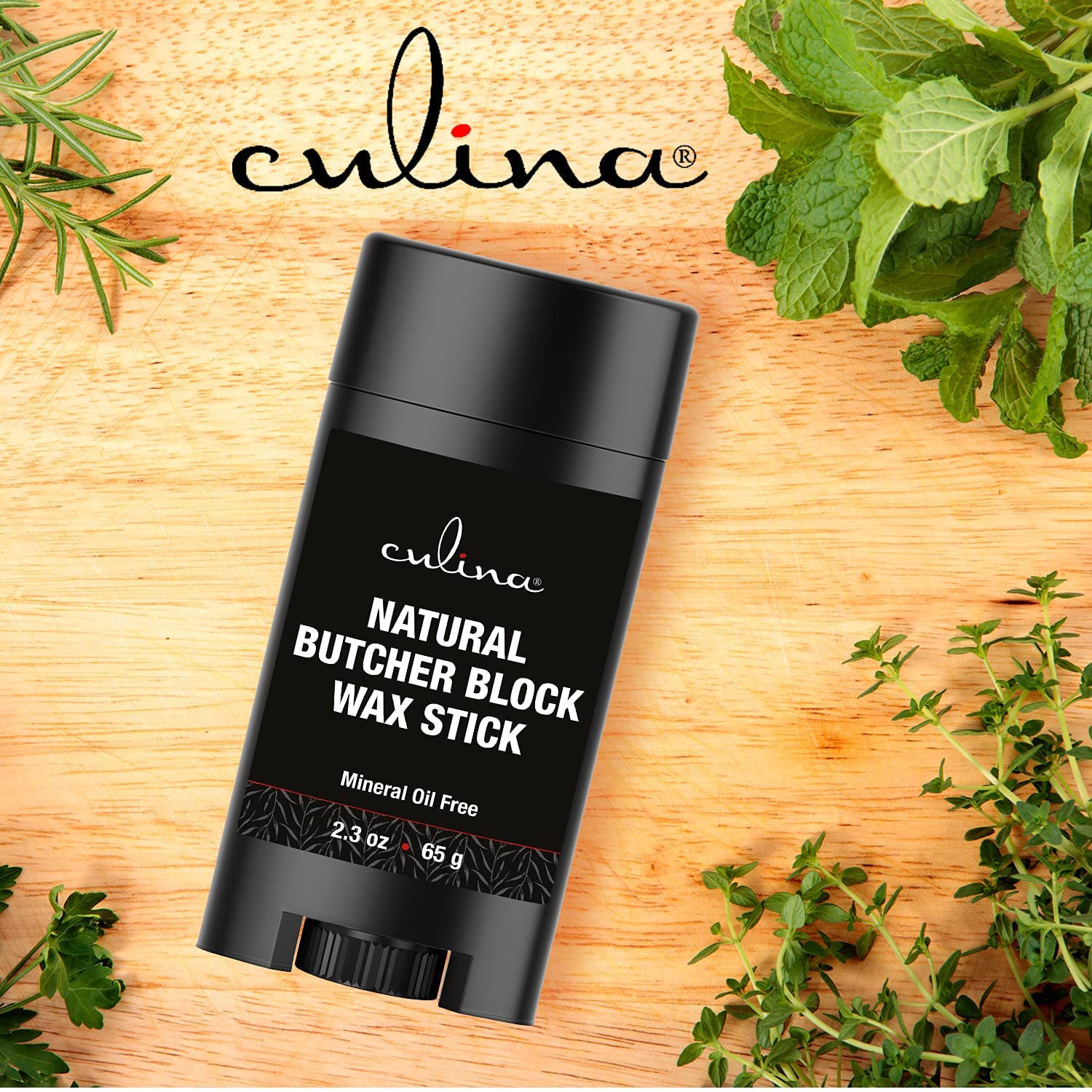Chicken lovers around the world know the struggle and joy of cooking the perfect chicken breast. When it comes to ensuring your chicken is cooked just right, knowing the internal temperature is vital. The ideal internal temperature for a chicken breast is 165F (74C). But what do you do if you don’t have a meat thermometer? This article, ‘how to check internl temo of chicken breast without a meat thermometer’, will guide you through some tried-and-tested methods to get the job done.

Why Cooking Chicken to the Correct Temperature is Crucial
Cooking chicken to the correct internal temperature is not just about flavor; it’s also about food safety. Undercooked chicken can harbor harmful bacteria such as Salmonella and Campylobacter, which can cause severe foodborne illnesses. On the other hand, overcooked chicken can be dry and unappetizing. Achieving the right internal temperature is your sure way to a delicious and safe meal.

How to Judge Doneness Without a Thermometer
Using the Finger Test
The ‘finger test’ is a classic and surprisingly accurate method to check the doneness of chicken breasts. Here’s how you do it:
- Touch Your Thumb and Middle Finger: When you press the fleshy part of your palm just below the thumb, it should feel similar to the texture of a cooked chicken breast.
- Compare Sensations: Gently press the chicken breast with your other hand and compare the firmness to the palm of your hand.
- Look for Juices: When you press the chicken and clear juices run out, it’s generally a good sign that the chicken is cooked through.
Using Cooking Time and Visual Cues
Cooking time can be a reliable indicator when you know what to look for:
- Color: Fully cooked chicken breast should turn white, without any pinkness in the middle.
- Texture: The meat should be firm yet springy to the touch.
- Juices: Pierce the thickest part of the breast with a knife or fork. If the juices run clear, the chicken is cooked.
The Twist and Pull Method
One of the simplest ways to check for doneness is the twist and pull method:
- Twist a Fork: Insert a fork into the thickest part of the chicken breast and give it a gentle twist.
- Check for Ease: If the meat is opaque, firm, and separates easily, it’s likely done.

The Importance of Resting Chicken
Once you think your chicken breast is done, don’t rush to slice into it immediately. Letting it rest for 5-10 minutes can help redistribute its juices, making your chicken moist and flavorful.
Common Mistakes to Avoid
- Checking Too Early: Constantly poking the chicken can dry it out. Give it adequate time to cook before testing.
- Overcooking: Overcooked chicken turns rubbery. Always aim for the sweet spot — cooked but not overdone.
Alternative Tools You Can Use
If you don’t have a meat thermometer, other kitchen tools can come in handy:
- Skewer: A metal or wooden skewer can help you check for clear juices.
- Knife: Slicing through the thickest part to check for pinkness.
External Resource
For more expert advice on ensuring your meat is safe and delicious, check out this ultimate guide on meat temperatures.
Internal Resources
Be sure to check out these related articles: Rotisserie Chicken Safety, Cooking Bacon Tips, and Griddle Temperature Guide.
Frequently Asked Questions
What color should chicken be when fully cooked?
Fully cooked chicken should be white throughout with no pinkness in the center.
How long should I rest my chicken before serving?
Let your chicken rest for 5-10 minutes before slicing to allow juice redistribution.
Are there other ways to make sure my chicken is cooked without a thermometer?
Yes, using methods like the finger test and checking for clear juices can be very effective.
As an Amazon Associate, I earn from qualifying purchases.
By mastering these simple techniques on how to check internl temo of chicken breast without a meat thermometer, you can ensure that your chicken dishes are both safe and delicious.
As an Amazon Associate, I earn from qualifying purchases.





